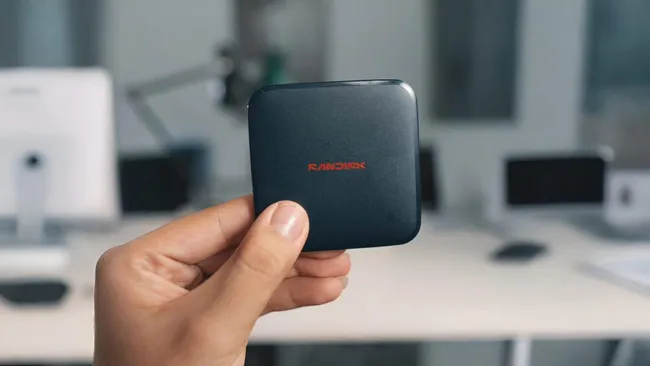SanDisk has quietly introduced the ELE portable SSD series, a new entry-level line positioned as a successor to the WD Elements SE following the Western Digital–SanDisk split. Compact and affordable, the ELE drives are aimed at budget-conscious users, though their performance may feel underwhelming compared to current market standards.
The ELE measures 64.5mm on each side, is 8.7mm thick, and weighs around 45g, making it easy to slip into a pocket or bag. It connects over a USB 5Gbps interface, but sequential read speeds are capped at 400MB/s. In a market where even modestly priced portable SSDs often surpass 1,000MB/s, this speed is dated and could be a drawback for users handling larger files.
SanDisk is offering the ELE in 1TB and 2TB capacities, priced at roughly 499 yuan (about $70) and 819 yuan (about $115). A three-year limited warranty is included, providing some peace of mind, although higher-end models from competitors frequently extend coverage to five years.
Despite its slower speeds, the ELE does have durability features that will appeal to casual users. It offers drop resistance up to two meters, operating temperature support from 0 to 45°C, and storage tolerance between -20 and 85°C. These specifications suggest that the drive should handle daily wear, travel, and mild environmental stress without issue.
For everyday tasks like moving documents, photos, and smaller media files, the ELE series could serve as a reliable and low-cost upgrade from traditional hard drives. However, for professionals working with high-resolution video, extensive photo libraries, or other data-heavy workloads, the 400MB/s ceiling may create bottlenecks.
SanDisk’s strategy here seems clear: the ELE is meant to capture users who value cost and basic reliability over cutting-edge performance. Yet as portable SSDs continue to evolve, offering faster speeds even in entry-level categories, the ELE risks becoming outdated quickly.







